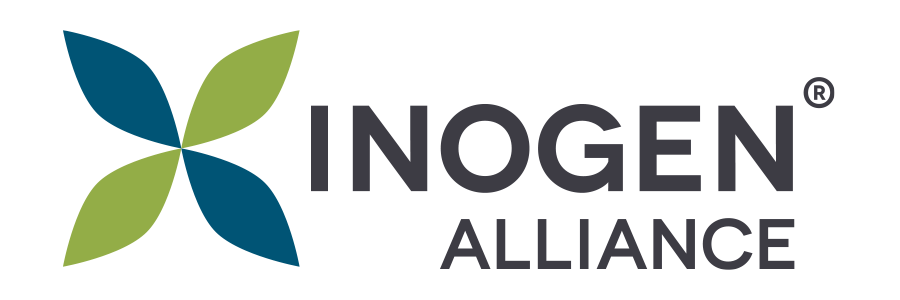Inclusive Sustainability

Can sustainable technology and access to it be inclusive? What does inclusive sustainability mean? Are we dividing ourselves further between those who can afford to be greener and fight climate change from those who can’t afford the newer upgrades to combat emissions?
The UN describes an Inclusive Green Economy as this: “In its simplest expression, such an economy is low carbon, efficient and clean in production, but also inclusive in consumption and outcomes, based on sharing, circularity, collaboration, solidarity, resilience, opportunity, and interdependence.”
Inequality exists in how we can access new technology and processes across the global landscape. Sustainability is not a lifestyle as some have defined, it is a key to future life. We live in a world of stark contrast and always have, but at what point should we be blending these contrasts together to create something better? Recent events have brought much more to the forefront on racial inequality and barriers across class and many other divisions that are always boiling just below the surface. Being inclusive around many economic, racial, class and gender issues is not a checkbox to tick or a trend, it’s an ongoing ever-changing frontier to push the boundaries for the betterment of society in whole including how we make progress in the fight against climate change. For this, we need ALL, we need inclusion.
Inclusive sustainability in words alone make sense – for something to actually be sustainable you need to have supportive long-term access or solutions that will sustain you. If you are exclusive and not inclusive, at some point those things enabling you to sustain will run out. That exclusive pool is limited because of that very idea of being exclusive. Unless you are inclusive, including all – all people, all resources, all knowledge, to sustain you long-term for the future.
UCLA also has an interesting definition of sustainability tied to inclusion: “Sustainability is often defined as the intersection between the “Three E’s”: equity, environment, and economy. Too often in the field of sustainability the Equity piece is not given enough time and attention and is ignored to focus on more easily measurable environmental metrics, like gallons of water saved or emissions reduced.” The idea itself makes sense but how does it translate and what is the current situation?
Privilege grants access to more share of a resource, asset or technology, or better resources in many terms. With sustainability, there are currently more exclusive groups who are able to use this progress and technology. This translates to being able to upgrade your heating system or appliances to high energy-efficiency, lower-cost and better for the environment. While those who are outside these limits have lower-performing, more expensive and in some countries are actually taxed higher for using these appliances while they can’t afford to upgrade. It follows us to the grocery aisle where the upper-class buys organic, healthy and sustainably farmed products and the lower-class buys processed cheap products because of cost. It literally follows us down every road as some ride in new hybrid or electric vehicles while others keep their old cars running to the bitter end on gas guzzling miles. And which is better, using a product and repairing it to end of life or recycling old products? Or buying new more energy efficient products?
Around the globe we are inextricably linked together through our shared, limited natural resources. If we don’t pay attention to what’s happening in other regions of the world, it will come back to haunt us and impact us in a variety of ways. For example, some may turn a blind eye to the Pacific garbage patch swirling around in the middle of the ocean. No one wants to clean up areas they don’t own or control. So debris washes up on tiny pacific atolls and islands taking over and changing their landscapes, while at the same time in other regions some of the tiny pieces of plastic may end up on dinner plates in the bellies of fish. Another example is the new airport being developed near Lisbon, right in the middle of an important wetland for bird species. Most of Europe would be impacted by this change in environment. At the same time we have to consider the balance of sacrifice and personal impacts vs. environmental gains long-term. This is where business, government and regulations can help make it easier and financially feasible for communities to enact on these changes needed. We all gain by helping protect these natural resources globally.
So what do we as businesses or individuals do about all of these abstract and high level ideas? We brought in some perspectives from experts in climate change and carbon reduction from our global associates. Watch for more regional sustainability focused topics to come.
Q&A:
We have asked Charlie Quann, who leads Antea Group USA’s Climate Change and Carbon Management and Science-Based Targets service lines, and Klaas Nijs, who leads Antea Group Belgium’s Business Development & Innovation, Climate & Water to answer a few questions on this topic of Inclusive Sustainability.
About Inogen Alliance
We are an Alliance of consultants that can provide global coverage through one point of contact for environmental, health, safety, and sustainability efforts at your company. Together by choice for 20 years, our Alliance has unparalleled global coverage and a committed team that will partner with you in solving your EHS challenges, resolving liabilities from the past, addressing today's requirements and delivering innovative solutions for the future. Learn more at https://www.inogenalliance.com.

